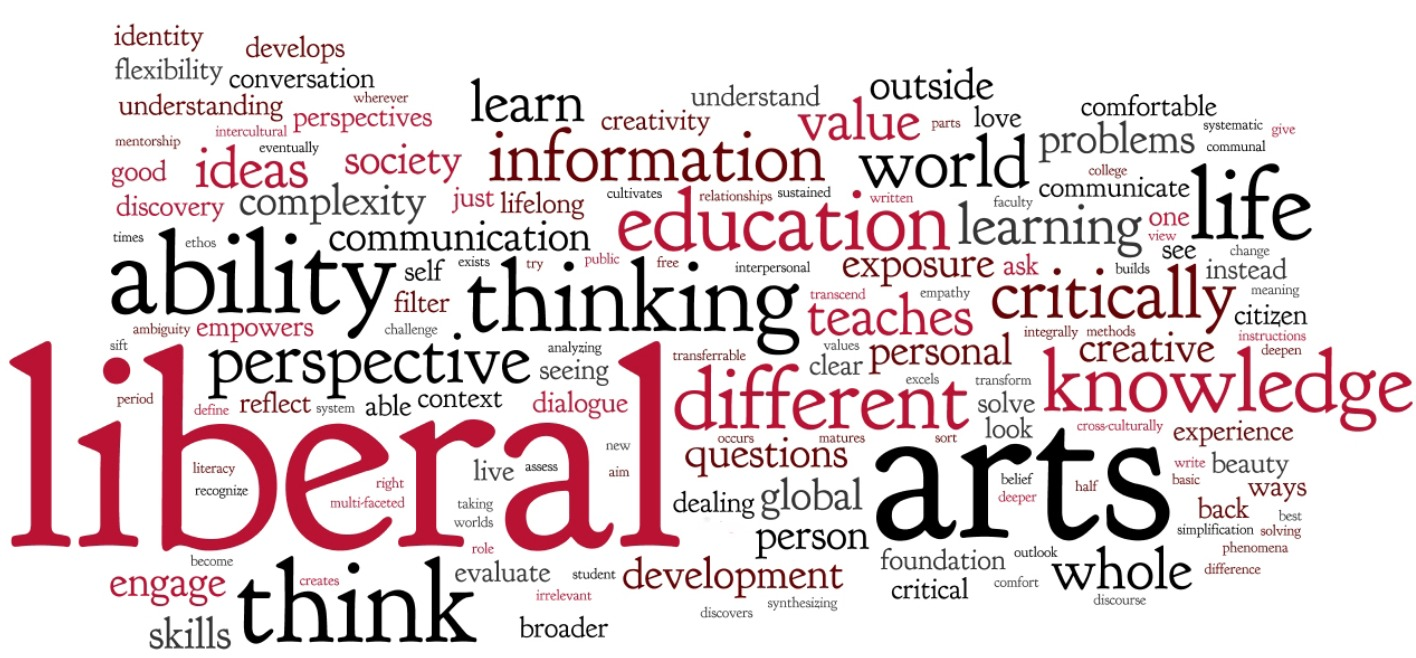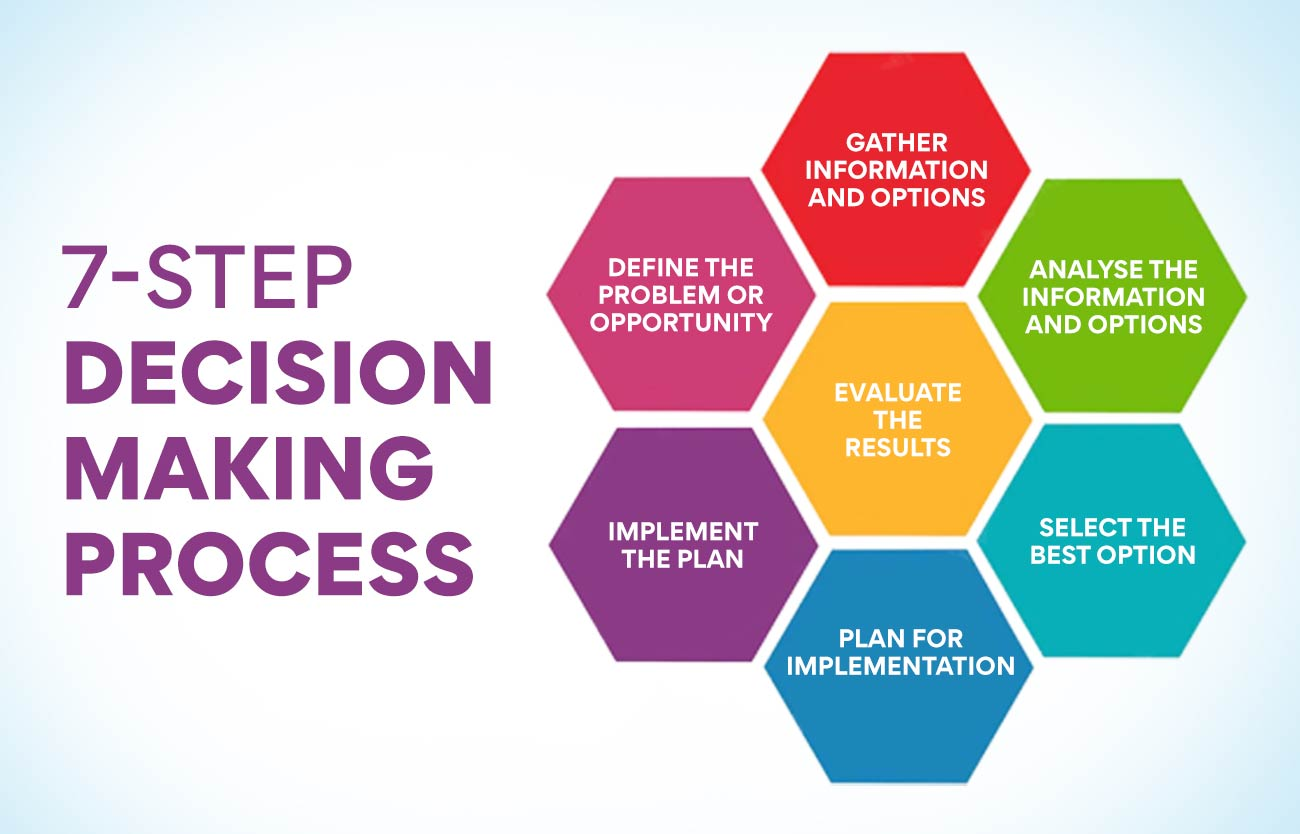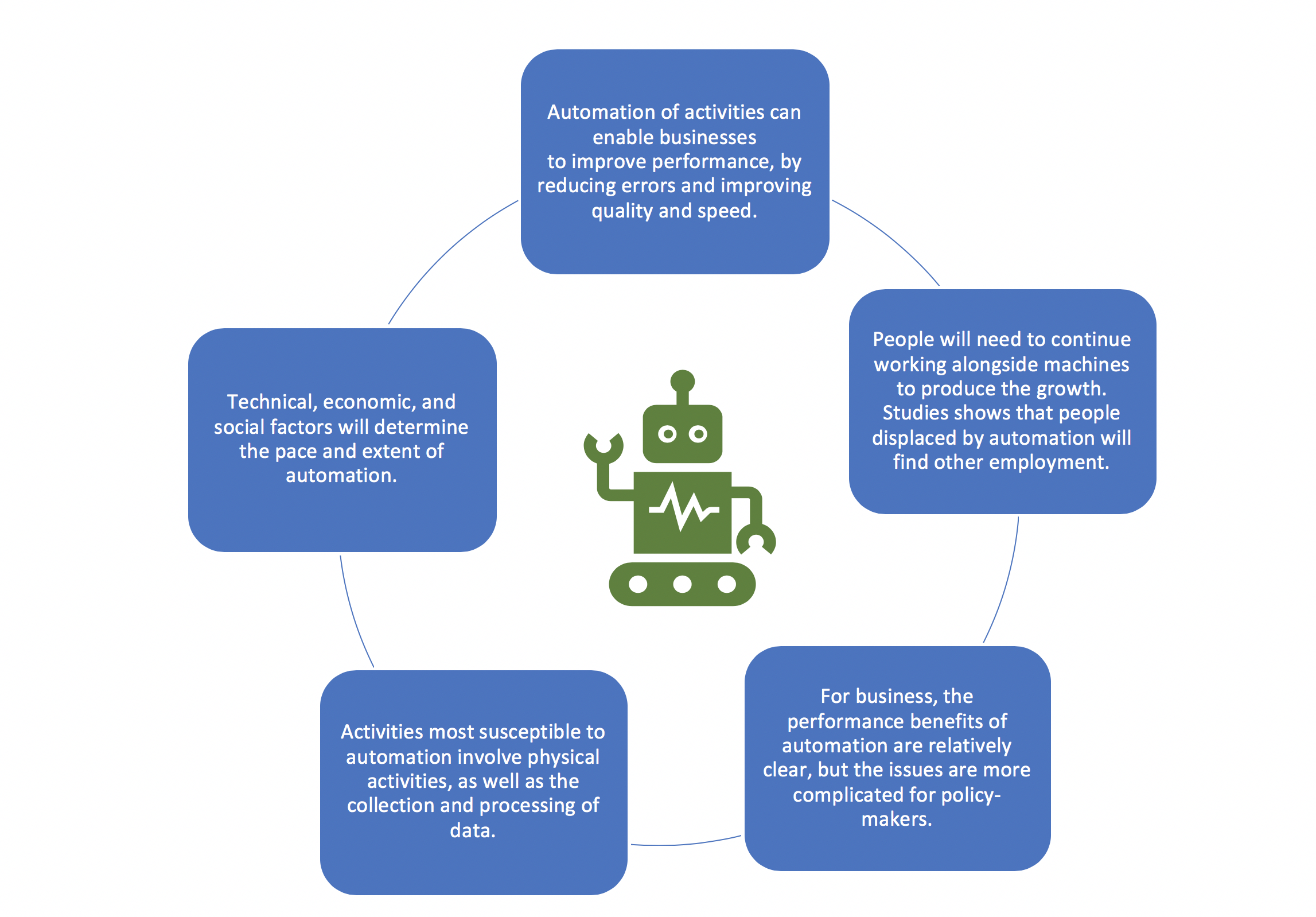Liberal arts education is often viewed as a pathway to intellectual enrichment and personal growth, forming a crucial foundation in today’s complicated job market. As students navigate choices between liberal arts vs STEM fields, the value of liberal arts becomes increasingly evident, equipping graduates with versatile skills essential for various career prospects. Proponents highlight its importance in nurturing critical thinking, creativity, and effective communication—capabilities that employers actively seek. In an era where vocational training and technical skills dominate discussions about higher education, the enduring significance of a liberal arts education offers compelling arguments for its relevance and worth. Engaging resources like a liberal arts podcast can further illuminate these points, making the case that broadening one’s knowledge can lead to innovation and success in diverse careers.
An education in the liberal arts focuses on cultivating a well-rounded intellectual framework through exploration across multiple disciplines. Often contrasted with specialized programs in science, technology, engineering, and mathematics (STEM), this form of education emphasizes critical skills that aid individuals in comprehensively addressing complex problems. The social relevance of these studies plays a vital role in democratic participation and cultural understanding, underpinning the argument that progressive education must include a diverse curriculum. Moreover, current discussions around the role of liberal arts in higher education reflect broader societal values, hinting at their essentiality for fostering engaged and informed citizens. As traditional educational pathways evolve, understanding and advocating for this holistic approach is more critical than ever.
Understanding the Value of Liberal Arts Education
The value of liberal arts education cannot be overstated, especially in today’s complex and rapidly evolving job market. Unlike vocational training that may prepare students for specific tasks, a liberal arts education equips individuals with essential skills in critical thinking, communication, and creativity. This broad knowledge base is particularly important as it allows graduates to adapt to new challenges and shifts in various industries. As highlighted by experts in a recent discussion, the skills learned through liberal arts programs can translate into greater versatility, enabling students to navigate an unpredictable job landscape effectively.
Moreover, the importance of liberal arts education extends beyond personal career success; it underpins the functioning of a democratic society. An education steeped in the humanities cultivates informed citizens who can engage in meaningful discourse, challenge dominant narratives, and contribute to cultural conversations. As the debate continues surrounding the financial and practical values of different educational paths—including liberal arts versus STEM—the overarching need for a well-rounded education that prioritizes both critical thinking and cultural understanding remains clear.
Liberal Arts vs STEM: A Comparative Analysis
The debate between liberal arts education and STEM (Science, Technology, Engineering, and Mathematics) fields often centers on employability and return on investment. While STEM disciplines typically promote direct career paths and often command higher starting salaries, a liberal arts background fosters vital soft skills that are increasingly valued in the workforce. Employers are not only seeking individuals with technical capabilities but also those who can think critically, communicate effectively, and work collaboratively. This is where liberal arts graduates excel, bridging the skills gap that many employers face.
It is not uncommon for liberal arts graduates to enter diverse fields, such as business, education, or public service, showcasing the adaptability offered by their educational experiences. Contrary to the perception that liberal arts degrees lack practical applications, they often provide a robust foundation for various career pathways. This interplay between liberal arts and STEM illustrates that while distinct, these educational areas can complement one another and contribute to a more holistic approach to learning, benefitting both students and society as a whole.
Furthermore, liberal arts education advocates argue that critical thinking and ethical reasoning, often emphasized in the humanities, are essential in STEM fields too. As technology becomes increasingly integrated with human interactions, understanding the societal implications of scientific advancements is crucial. This intersection invites a collaborative approach between liberal arts and STEM educators to develop curricula that prepare students for multifaceted challenges they will face in their careers.
Career Prospects for Liberal Arts Graduates
The career prospects for liberal arts graduates may not always match the immediate job placement rates seen in vocational paths, but they are quite promising over the long term. Reports suggest that while liberal arts majors may start with lower salaries, they tend to catch up as they advance in their careers. Key skills such as adaptability, problem-solving, and emotional intelligence gained from a liberal arts curriculum make these graduates valuable assets to employers across various sectors. This highlights the argument that, while the journey may seem less straightforward compared to more technical degrees, the versatility of a liberal arts education can lead to fulfilling career outcomes.
Additionally, many companies are now prioritizing hiring candidates who possess diverse educational backgrounds, including those in liberal arts. Employers recognize that individuals educated in the humanities can contribute innovative ideas and diverse perspectives that drive competitive advantage. As organizations increasingly face a range of challenges that require nuanced thinking and effective communication, the gap between the perceived utility of liberal arts education and its practical applications continues to narrow, proving that a liberal arts degree offers substantial career prospects.
The Importance of Liberal Arts in Modern Education
The importance of liberal arts in modern education is more relevant now than ever. In a world where information is abundant and often conflicting, the ability to analyze, critique, and synthesize information from various sources is crucial. A liberal arts education provides the essential skills necessary for this analysis, encouraging students to explore and understand a wide range of perspectives. This broad educational foundation is vital for nurturing informed and engaged citizens who can navigate the complexities of contemporary society.
Moreover, the emphasis on liberal arts fosters creativity and innovation, essential traits in any industry. As technology continues to transform job roles, the soft skills developed through liberal arts education—such as creativity, critical thinking, and effective communication—become even more valuable. By prioritizing these qualities within educational systems, we prepare students not only for their immediate job prospects but also for their long-term adaptability in a rapidly changing workforce.
How to Make Liberal Arts Education More Accessible
Making liberal arts education more accessible requires a concerted effort from universities and policymakers alike. As discussed by educators, the perception of liberal arts as a luxury can deter potential students, particularly those from low-income backgrounds. This issue emphasizes the necessity for institutions to innovate in their approach to liberal arts programs, offering flexible learning options that accommodate diverse student needs. Through initiatives like scholarships, community outreach, and partnership programs, universities can strive to eliminate barriers that prevent students from pursuing a liberal arts education.
Additionally, enhancing the visibility of career pathways stemming from liberal arts education is essential. By effectively communicating the diverse opportunities available to liberal arts graduates and encouraging a culture that values varied educational paths, institutions can foster greater interest in these programs. Open dialogues regarding the practical applications of liberal arts in today’s economy, especially through platforms like podcasts and community forums, can help reshape perceptions and highlight the significance of a well-rounded education.
The Role of Technology in Liberal Arts Education
Technology’s role in liberal arts education has evolved dramatically, offering both challenges and opportunities. With increased digital access, educators can integrate innovative teaching methods that enhance learning experiences. Online learning platforms, digital resources, and multimedia tools can complement traditional liberal arts curricula, engaging students in ways that resonate with their interests and lifestyles. However, leveraging technology effectively requires careful consideration of pedagogy to ensure that engagement does not come at the expense of critical thinking and in-depth analysis.
Furthermore, technology can serve as a bridge between liberal arts disciplines and emerging fields, allowing students to explore interdisciplinary connections that were previously more difficult to access. For example, digital humanities projects can enable students to analyze cultural texts through a technological lens, providing fresh insights and fostering collaboration across departments. Embracing technology in liberal arts education not only enhances students’ experiences but also better prepares them for careers in an increasingly digital world where soft skills intersect with technological prowess.
Exploring the Interdisciplinary Nature of Liberal Arts Education
The interdisciplinary nature of liberal arts education is one of its greatest strengths, allowing students to draw connections across diverse fields of study. This integration fosters a comprehensive understanding of complex global issues, enabling students to think critically about the interplay between culture, society, and history. As students engage with different disciplines—ranging from literature to philosophy to social sciences—they cultivate a multifaceted perspective that enhances their analytical capabilities and creativity.
In recent years, educators have recognized the significance of promoting interdisciplinary learning in the curriculum. By encouraging students to engage with multiple subjects, institutions can facilitate a more meaningful educational journey that reflects the interconnectedness of real-world problems. This approach not only enriches students’ understanding but also better prepares them for collaborative work environments, where the ability to communicate across disciplines is invaluable.
Redefining the Narrative Around Liberal Arts Education
Redefining the narrative around liberal arts education is crucial for changing perceptions and enhancing its appeal. Many people view liberal arts as a less practical or less viable option compared to specialized degrees. Yet, attributes such as adaptability, problem-solving, and analytical skills—central to a liberal arts education—are increasingly in demand across various fields. To promote a more accurate understanding of the liberal arts, stakeholders must emphasize these transferable skills and showcase success stories of liberal arts graduates making a significant impact in their careers.
Initiatives such as public discussions, workshops, and media campaigns can engage broader audiences in these conversations about the value of liberal arts education. Highlighting its contributions to democratic citizenship, cultural understanding, and innovative thinking illustrates how essential these disciplines are in shaping informed, thoughtful individuals. When people understand that a liberal arts education prepares students for the realities of the workforce, it can help shift opinions and invigorate interest among prospective students.
The Connection Between Liberal Arts Education and Civic Engagement
One of the compelling arguments for the value of liberal arts education is its connection to civic engagement and democratic participation. Through the study of humanities, students acquire a deeper understanding of societal structures, ethical reasoning, and critical thinking skills that empower them to engage meaningfully in their communities. Learning about history, philosophy, and cultural studies cultivates awareness of different perspectives, encouraging students to become active participants in public discourse.
Moreover, institutions can play a vital role in fostering civic responsibility within their liberal arts programs. By offering opportunities for community service, advocacy training, and public speaking, universities can encourage students to apply their educational experiences to real-life situations. Enhancing students’ sense of civic duty not only enriches their personal development but also strengthens democratic society as a whole, highlighting the fundamental importance of a liberal arts education.
Frequently Asked Questions
What is the value of liberal arts education in today’s job market?
The value of a liberal arts education lies in its emphasis on critical thinking, communication skills, and intellectual versatility. As the job market evolves, employers increasingly seek individuals who can adapt to new challenges and think creatively. A liberal arts education equips students with a toolkit to address complex problems, making it an essential foundation in today’s diverse and dynamic workforce.
Why is the importance of liberal arts education often debated compared to STEM fields?
The importance of liberal arts education is often overshadowed by STEM fields because of the immediate job placement rates and specific skillsets those programs provide. However, liberal arts foster critical thinking and creativity, which are vital in an increasingly automated world. This debate highlights the need to recognize the unique contributions of liberal arts, preparing students for multifaceted roles in society.
What are liberal arts career prospects for graduates?
Liberal arts career prospects are broad and versatile. Graduates typically find opportunities in fields such as education, public service, journalism, business, and the arts. While they may not start at the same salary levels as STEM graduates, liberal arts majors often catch up over time as they progress into managerial and leadership roles, thanks to their strong analytical and interpersonal skills.
How does liberal arts education prepare students for the future?
A liberal arts education prepares students for the future by developing critical thinking, adaptability, and a deep understanding of diverse perspectives. These skills are crucial as the job market demands individuals who can navigate complex problems and collaborate with others. By encouraging exploration across various disciplines, liberal arts education fosters lifelong learners who are equipped to thrive in various contexts.
Are there any liberal arts podcasts that discuss the importance of this type of education?
Yes, there are several liberal arts podcasts that explore the importance of liberal arts education, such as ‘Harvard Thinking,’ which features discussions with educators and economists on the value of liberal arts in today’s society. These podcasts can provide insights into how liberal arts education is shaping thinkers and leaders, emphasizing its relevance in contemporary discussions about education and workforce readiness.
How does the liberal arts vs STEM debate affect student enrollment?
The liberal arts vs STEM debate significantly influences student enrollment decisions. With an increasing focus on job security and salary prospects, many students are drawn to STEM fields perceived as more directly aligned with careers. This trend has led to declining enrollment in liberal arts programs, prompting institutions to rethink how they communicate the value of a well-rounded education that includes the liberal arts.
What are the perceived shortcomings of liberal arts education?
Perceived shortcomings of liberal arts education often include concerns about its direct applicability to job placement and economic return on investment. Critics argue that without vocational training, liberal arts may seem less valuable in a competitive job market. However, proponents assert that the skills gained through a liberal arts education—such as critical thinking and effective communication—are essential for adaptability and success in a rapidly changing economy.
| Key Point | Description |
|---|---|
| Importance of Liberal Arts | A liberal arts education develops critical thinking skills and prepares students for democratic citizenship. |
| Job Market Relevance | It equips students with a broad skill set that is adaptable to various changing job demands. |
| Perception as a Luxury | Some view liberal arts education as a luxury, limiting access for first-generation and low-income students. |
| Educational Value vs. Cost | Increasing tuition costs lead to a demand for clearer returns on educational investments. |
| Future of Liberal Arts | Strong emphasis on explaining the value of liberal arts degrees to counter public skepticism. |
Summary
Liberal arts education plays a crucial role in today’s society by fostering critical thinking, creativity, and adaptability among students. It prepares individuals not just for specific job roles but equips them with essential skills to tackle unforeseen challenges. As the job market continues to evolve, the relevance of a liberal arts education becomes paramount. While some may question its immediate practical value, it is integral for nurturing informed citizens capable of contributing to a democratic society. Making this education more accessible and communicable in terms of its benefits is essential for its future and for those pursuing pathways through higher education.



